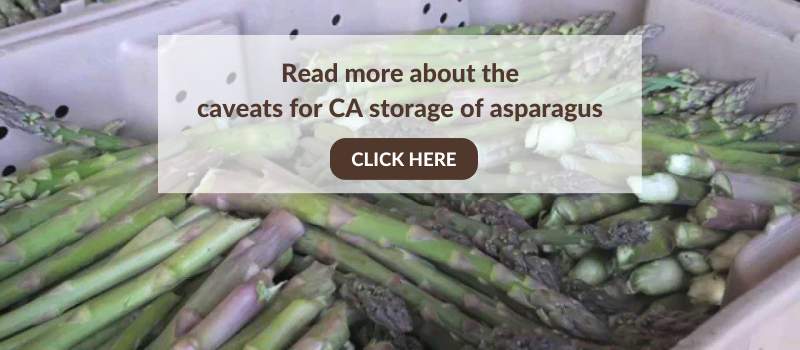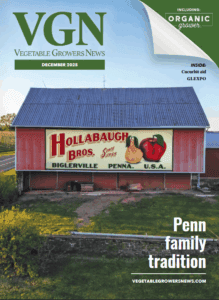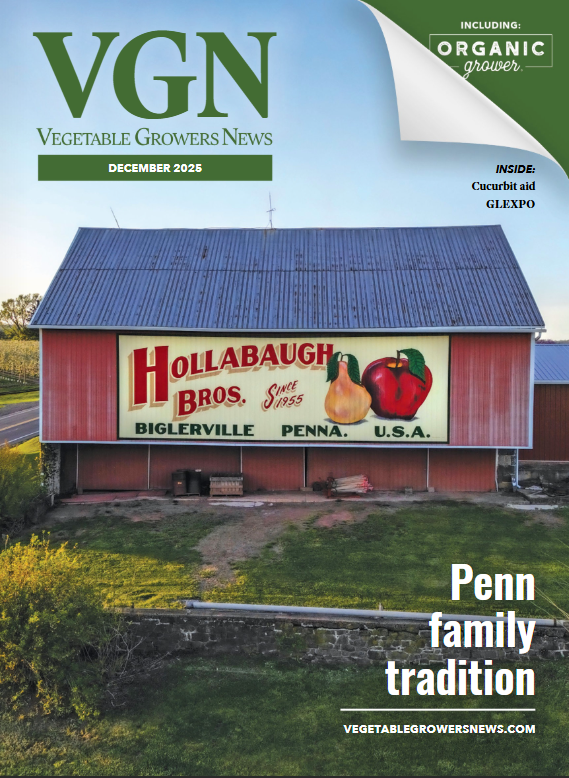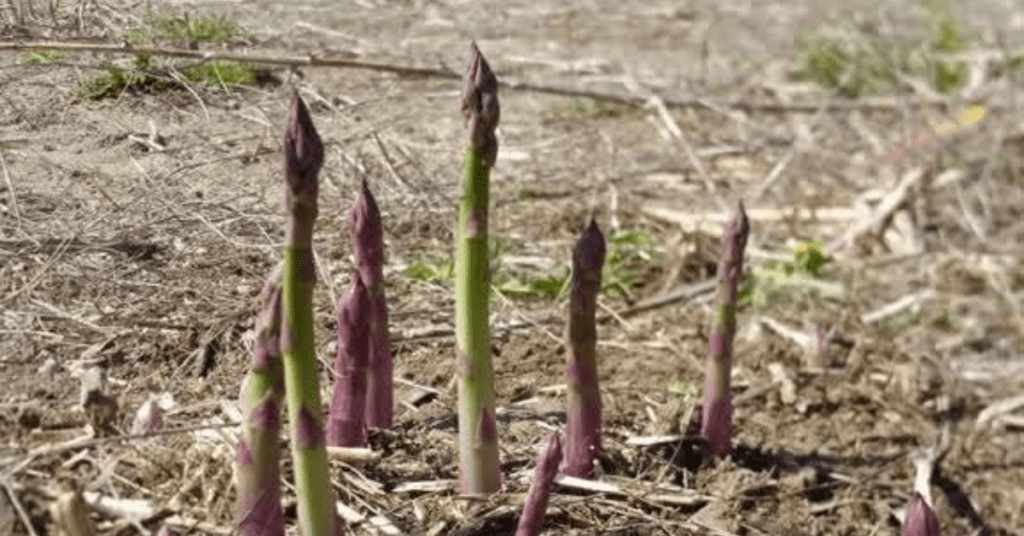
May 9, 2023Taking control: CA storage for asparagus extends season
Asparagus growers are intrigued with the potential for extending the shelf life of the highly perishable crop to boost its postharvest life and lengthen a more profitable marketing window.
Some research has been done on the application of controlled atmosphere (CA) technology, leading to further interest in throttling asparagus senescence processes that would enhance its potential for commercial application.

United Kingdom studies investigated the link between abscisic acid (ABA) and ABA catabolites and senescence in asparagus stored under a range of different CA conditions. Low oxygen and high CO2 conditions significantly suppressed ABA and asparagine levels in asparagus during storage, coinciding with lower metabolic rates, higher sugars and more vibrant color compared to control samples. That helped maintain asparagus quality for at least two weeks of cold storage followed by seven days of shelf life.
Similar work is being conducted by Randy Beaudry, horticulture professor at Michigan State University (MSU), and his colleagues, including Phil Engelgau, a graduate student; Ben Werling, MSU Extension vegetable educator and John Bakker, who was executive director of the Michigan Asparagus Advisory Board for almost 20 years before retiring in 2021.
At a 2018 advisory meeting, growers requested researchers explore CA storage to extend the shelf life of asparagus from production spikes and “meter it out” to reduce downward pressure on prices, said Beaudry, who shared an update on the project during the 2023 Oceana Asparagus Day in March in New Era, Michigan.
Most of Michigan’s asparagus is the Millennium variety, which is well-tailored for Michigan’s growing conditions. The cultivar has sharp production spikes during the third through seventh harvests, yielding more than 30% of the annual crop within these five of the typically 40 annual harvests, in the western part of the state.
“There’s a huge glut at one point in time,” Beaudry said. “This leads to severe market imbalances of supply and demand, ultimately driving down prices. What would be better from a marketing perspective would be to stretch that out so that we don’t have an overwhelming amount of asparagus available for the retail space. If we can (spread it out), then we can maintain a lower price. If we can stretch out the availability, and keep it below that threshold where we’re overwhelming the market with available product, then we can keep the prices up.”
High metabolic rate
A lot of biology occurs in a short period of time while the asparagus plant develops as a fern, Beaudry said.
“The first postharvest action that takes place is cutting the plant’s spear from its resources,” he said. “Everything that it had up to that point — the water, the sugars that it had that grows that developing spear — are cut away.”
As a result, the spear almost immediately begins to change its metabolism.
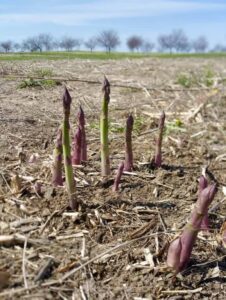
Randy Beaudry. Photo: Gary Pullano
“That’s the incredible part of the story,” Beaudry said. “Not only is it growing and rapidly changing during the days, but also when you cut it, it’s responding to the changes that it’s made in its life.”
Beaudry said the characteristics of rapidly-perishable asparagus are unlike that of apples. Asparagus production, its storage and metabolism is not dependent on ethylene, as opposed to apples, he said.
“But, there are other activities in the asparagus spear that might be influenced by low oxygen and high CO2,” Beaudry said. “We probably wouldn’t reduce respiration by inhibiting the availability of oxygen, but as it turns out, CO2 suppresses the degradation of some tissues, including de-greening, or the loss of chlorophyll.”
Michigan studies pursued
Beaudry described the results of a two-year study on CA storage of asparagus in Michigan, the culmination of his 25 years of work in asparagus.
Werling conducted some preliminary work in 2020. In 2021, Millennium spears from three grower lots were placed in five target atmospheres at 34˚ F. Snapped or cut spears were analyzed from multiple harvest dates. Spears were held in CA for up to four weeks and monitored weekly for visual quality as well as for sugar and texture parameters. Spears pulled from CA were trimmed and stored for six days in air at 39˚ F to simulate cold-chain and home refrigerator conditions.
Similar experimental conditions were used in 2022.
“We found that the CA storage retained the quality a bit longer, almost two weeks in this particular case,” Beaudry said. “Four weeks in storage and they were still doing okay.”
Beaudry determined that “if you can store 50% of your product in cold storage and get two weeks storage out of it, suppressing the total glut, then you can determine a threshold where you’ve overloaded the market, and the price drops. If you can keep it below that space, you can keep the price elevated.”
Read more about the caveats for CA storage of asparagus.
— Gary Pullano, senior VGN correspondent
Top photo: Millennium is an asparagus cultivar that best fits Michigan’s growing conditions. Photo: Gary Pullano








